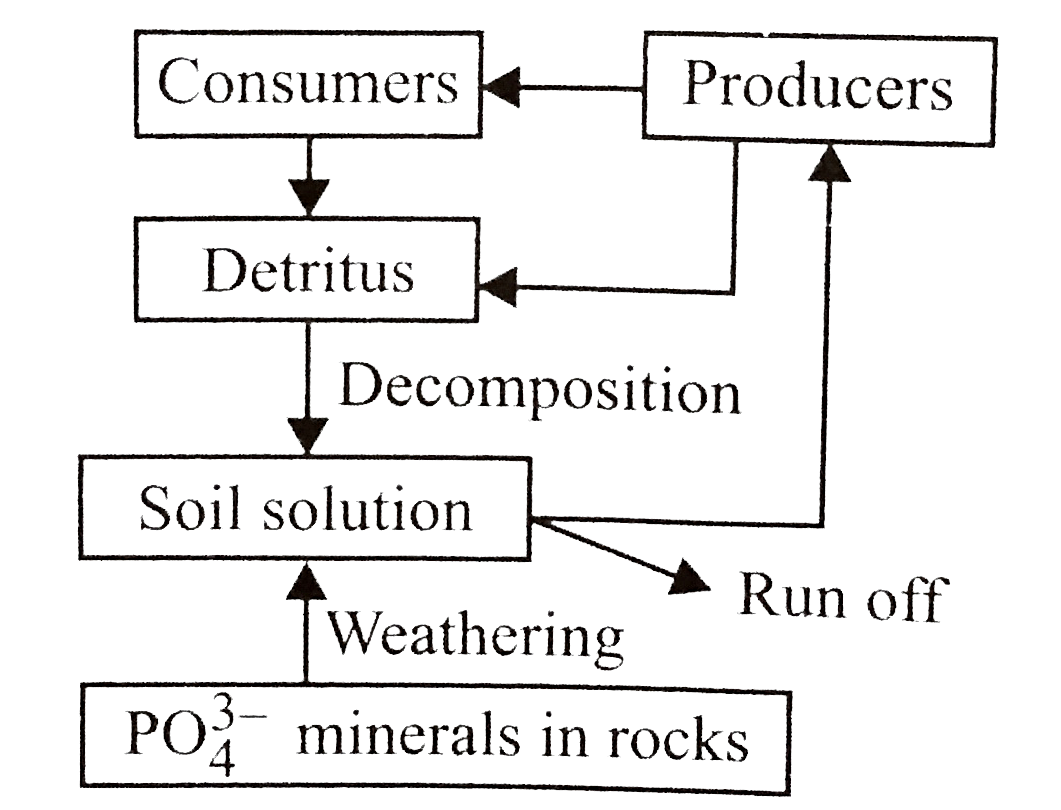Select correct statements for Equisetum.
(i) Has underground stem rhizome.
(ii) Produce microspores and megaspores
(iii) Terrestrial with distinct compact structure of sporophylls
(iv) Aquatic homosporous member
I & iii
II & III
II & IV
I & III
The correct Answer is:D
To solve the question regarding the correct statements for Equisetum, we will evaluate each statement one by one.
1. Statement (i): Has underground stem rhizome.
- Equisetum does have an underground part known as a rhizome. This rhizome serves as a storage organ and helps in vegetative reproduction. Therefore, this statement is correct.
2. Statement (ii): Produce microspores and megaspores.
- Equisetum is not heterosporous; it is homosporous, meaning it produces only one type of spore. Thus, this statement is incorrect.
3. Statement (iii): Terrestrial with distinct compact structure of sporophylls.
- Equisetum is indeed a terrestrial plant, and it has sporophylls that are compactly arranged into structures called strobili or cones. Therefore, this statement is correct.
4. Statement (iv): Aquatic homosporous member.
- Equisetum is not aquatic; it is primarily terrestrial. While it is homosporous, the mention of it being aquatic makes this statement incorrect.
Conclusion:
The correct statements for Equisetum are:
- (i) Has underground stem rhizome (Correct)
- (iii) Terrestrial with distinct compact structure of sporophylls (Correct)
Thus, the correct answer includes statements (i) and (iii).
Final Answer:
The correct statements for Equisetum are (i) and (iii).
---
- Equisetum does have an underground part known as a rhizome. This rhizome serves as a storage organ and helps in vegetative reproduction. Therefore, this statement is correct.
- Equisetum is not heterosporous; it is homosporous, meaning it produces only one type of spore. Thus, this statement is incorrect.
- Equisetum is indeed a terrestrial plant, and it has sporophylls that are compactly arranged into structures called strobili or cones. Therefore, this statement is correct.
- Equisetum is not aquatic; it is primarily terrestrial. While it is homosporous, the mention of it being aquatic makes this statement incorrect.
The correct statements for Equisetum are:
- (i) Has underground stem rhizome (Correct)
- (iii) Terrestrial with distinct compact structure of sporophylls (Correct)
The correct statements for Equisetum are (i) and (iii).
Topper's Solved these Questions
- PLANT KINGDOM BOOK - VMC MODULES ENGLISHCHAPTER - PLANT KINGDOM EXERCISE - IMPECCABLE
56 Videos
- PLANT KINGDOM BOOK - VMC MODULES ENGLISHCHAPTER - PLANT KINGDOM EXERCISE - Illustration
30 Videos
- PLANT KINGDOM BOOK - VMC MODULES ENGLISHCHAPTER - PLANT KINGDOM EXERCISE - ENABLE
49 Videos
- ORGANISMS & POPULATIONS BOOK - VMC MODULES ENGLISHCHAPTER - ORGANISMS & POPULATIONS EXERCISE - In - Chapter exercise C
10 Videos
- PRINCIPLES OF INHERITANCE AND VARIATIOBOOK - VMC MODULES ENGLISHCHAPTER - PRINCIPLES OF INHERITANCE AND VARIATIOEXERCISE - IMPECCABLE
56 Videos
Similar Questions
Select correct features for Pinus.
(i) Monoecious plant (ii) Pinnate leaves
(iii) Sunken stomata (iv) Heterosporous
View Solutionread the following statement and choose the correct option. A. microspore and megaspores are produced in the same lax in gymnosperm. B. Lax represents compact strobillus which bears both microsporophylls and megasporophytis together
View Solution
Knowledge Check
Study the given flow chart and select the correct statement regarding this.

(i) It represents phosphorus cycling in a terrestrial ecosystem.
(ii) It represents phosphorus cycling in an aquatic ecosystem.
(iii) Natural resenvoir of phosphorus is phosphate rocks.
(iv) There is no repiratory release of phosphorus into atmosphere.
(v) Gaseous exchange of phosphorus between organisms and enviornment occurs to a considereable extent.AI,ii and vBI,iii and ivCii,iii and ivDI,iii,iv and vRead the following statements about asexual reproduction and select the correct ones.
(i) It involves a single parent.
(ii) It is slower than sexual reproduction.
(iii) It produces progeny that are genetically identical with the parent but not with one another.
(iv) The progeny of asexual reproduction can be termed as clones.A(i) and (ii)B(ii) and (iii)C(i) and (iv)D(i), (iii) and (iv)Select the correct option representing the excretory organs present in (i) earthworm, (ii) centipede, (iii) prawn, and (iv) flatworm.
A(i)(ii)(iii)(iv)Malpighian tubulesFlame cellNephridiaGreen glandsB(i)(ii)(iii)(iv)Flame cellGreen glandMalpighian tubulesNephridiaC(i)(ii)(iii)(iv)NephridiaMalpighian tubulesGreen glandFlame cellD(i)(ii)(iii)(iv)Green glandNephridiaFlame cellMalpighian
Select correct statements for algae.
(i) They have thalloid body with adventitious roots.
(ii) Form and size is highly variable.
(iii) At least a half of the total CO2 fixation on earth is carried out by these organisms.
(iv) Green algae and brown algae produce large amounts of hydrocolloids .
View SolutionHow many statements are correct for vascular cryptogams ?
(i) First group of evolved terrestrial plants.
(ii) Main plant body is independent and diploid.
(iii) Gametophytic plant has true root, stem and leaf.
(iv) Sporophylls form distinct compact structures in most of the members.
View SolutionRead the following statements and select the correct statements.
(i) DFC begins with dead inorganic matter.
(ii) DFC is the major conduit for energy flow in a terrestrial ecosystem
(ii) GFC of aquatic ecosystem is longer than a terrestrial ecosystem.
(iv) DFC and GFC are completely separate chains.
View SolutionWhich of the following statements are correct with respect to a biorector ?
(i) It can process large volumes of culture.
(ii) It provides optimum temperature and pH.
(iii) It is a completely automated tool.
(iv) It is a compact thermal cycler.
View SolutionIdentify two correct statements from the following
(i) Rennin is industrially produced by Mucor pusilus
(ii) Streptokinase is industrially produced by Pseudomonas pudica
(iii) Alkaline serine protease is produced by Bacillus licheniformis
(iv) DNA polymerase is produced by Trichoderma reesi
View Solution
